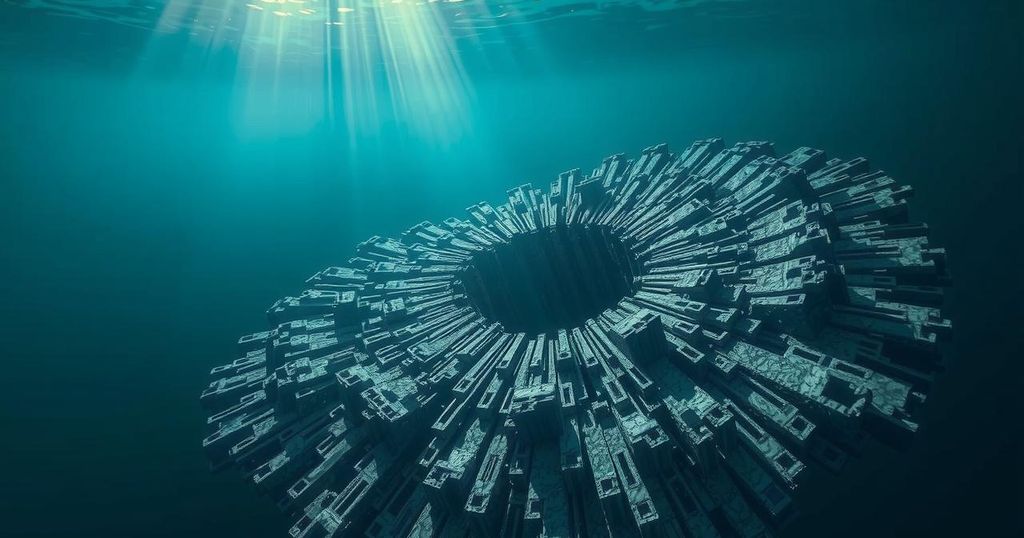Underwater Earthquake Strikes Off Japan’s Coast: Details and Aftershocks Identified
An earthquake of magnitude 6.0 struck off Japan’s coast, initiating aftershocks and expected sea level fluctuations in nearby areas. Felt in Amami and Kagoshima, the seismic event underscores Japan’s susceptibility to tectonic activity.
On November 17, an underwater earthquake measuring 6.0 on the Richter scale struck off the northeastern coast of Amami Oshima, Japan, at a depth of 10 kilometers. The event was felt in the nearby cities of Amami and Kagoshima, registering tremors between 2 to 3 on the local scale. In the subsequent five hours, six aftershocks were recorded, with magnitudes ranging from 2.4 to 6.0, indicating ongoing seismic activity in the area. Authorities have forecasted that fluctuations in sea levels are expected to affect coastal regions such as Tanegashima, Yakushima, Amami, and the Tokara islands for the next few hours.
Japan is located on the Pacific Ring of Fire, a region highly prone to seismic activities due to its position along tectonic plate boundaries. Earthquakes are not uncommon, and the country has established early warning systems and protocols to manage the aftermath of such events. The recent earthquake serves as a reminder of the geological volatility that characterizes Japan, as well as the importance of preparedness for both residents and authorities.
In summary, the recent underwater earthquake off the coast of Japan has highlighted the ongoing seismological activities in the region. With several aftershocks recorded and potential impacts on local sea levels, it is critical for coastal communities to remain vigilant and prepared for related phenomena that may arise in the aftermath of such seismic events.
Original Source: unn.ua




Post Comment